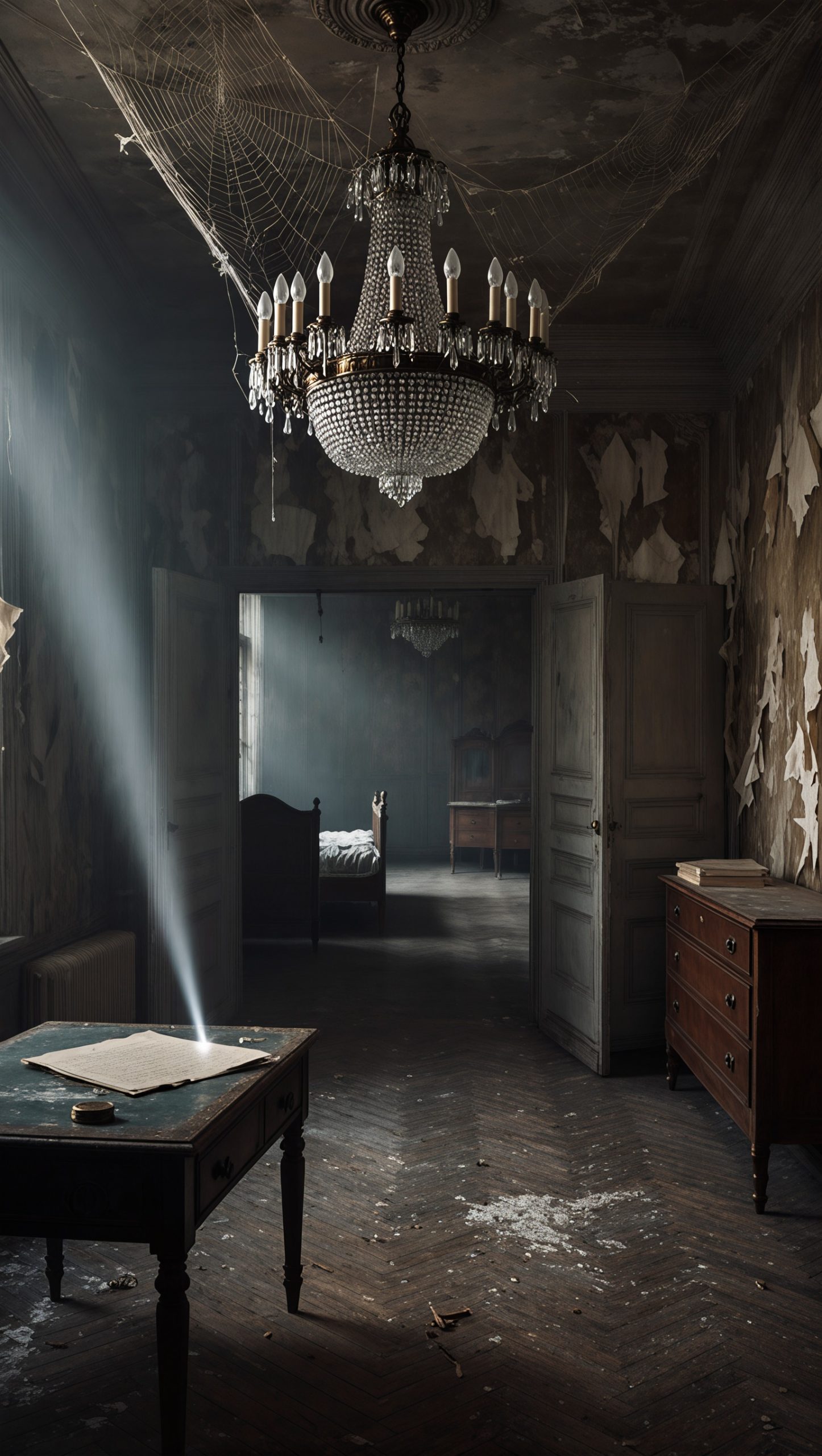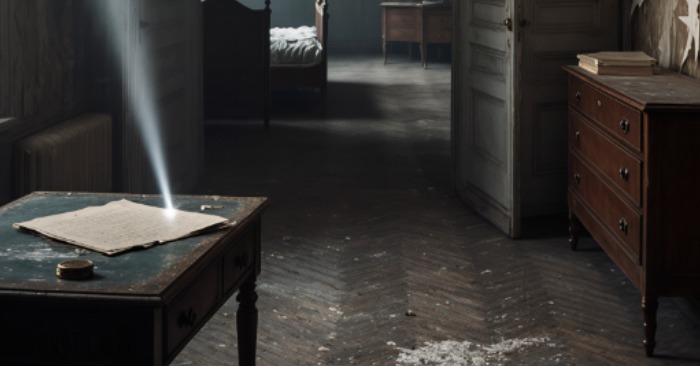Every town has that house. The one kids dare each other to approach, the one parents warn their children to stay away from, the one that seems to watch you even when its windows are shattered. In Sarah’s hometown, it was the old Whitmore place—a crumbling mansion at the edge of town, hidden behind overgrown trees and rusting gates.
For decades, no one lived there. Stories spread like wildfire: some said the last owner vanished without a trace, others swore they saw a figure in the upstairs window. Teenagers told tales of screams at night, and the braver ones would sneak up to the porch just to prove they could. But no one—no one—ever went inside.
Until one night, Sarah did.
It started as a joke. Sitting around a campfire, Sarah’s friends teased her for never backing down from a challenge. “If you’re really fearless,” one of them said, pointing toward the dark silhouette of the Whitmore mansion, “prove it. Go inside.”
Laughter erupted. Sarah smirked, hiding the chill crawling down her spine. “Fine,” she said. “I’ll do it.”
Armed with nothing but a flashlight, she crossed the field, her heart hammering with each step. The closer she got, the quieter the world seemed. Even the crickets stopped chirping as she pushed open the rusted gate and climbed the creaking porch steps.
Inside, the air was thick and stale, carrying the scent of mold and dust. The wallpaper peeled in strips, and broken furniture lay scattered like skeletons of the past. Her flashlight beam flickered across faded photographs on the wall—smiling faces of a family long gone.
As Sarah stepped deeper, the floorboards groaned beneath her feet. It was as if the house itself was alive, breathing in the silence. Her hands shook as she turned a corner and entered what had once been a grand living room. Cobwebs draped from the chandelier, and a piano sat in the corner, its keys yellowed with time.
Then, from somewhere upstairs, came a sound. Not a scream, not a whisper—just a single, heavy thud.
Sarah froze. Her friends outside couldn’t have made it inside without her noticing. Swallowing hard, she climbed the staircase, each step squealing like a warning. At the top, she found a narrow hallway lined with doors. One of them stood slightly open.
She pushed it gently. Inside was a bedroom, untouched by time. The bed was neatly made, a book still open on the nightstand. And on the desk, covered in dust, lay a letter.
Her trembling hands lifted it. The words were faded but still legible: “If anyone finds this… know that we left not because of ghosts, but because of grief. This house took our son when he fell from the stairs. We could not stay where every corner reminded us of him. Forgive us for leaving it behind.”
Sarah’s throat tightened. The house hadn’t been cursed. It hadn’t been haunted by anything but sorrow.
When Sarah stepped back outside, her friends expected screams, ghost stories, or proof of monsters. Instead, she just whispered, “It’s not haunted. It’s heartbroken.”
From that night on, the abandoned house was no longer a place of fear, but of quiet respect. No one told ghost stories about it again. Because sometimes, the scariest places don’t hide monsters—only memories too painful to face.







